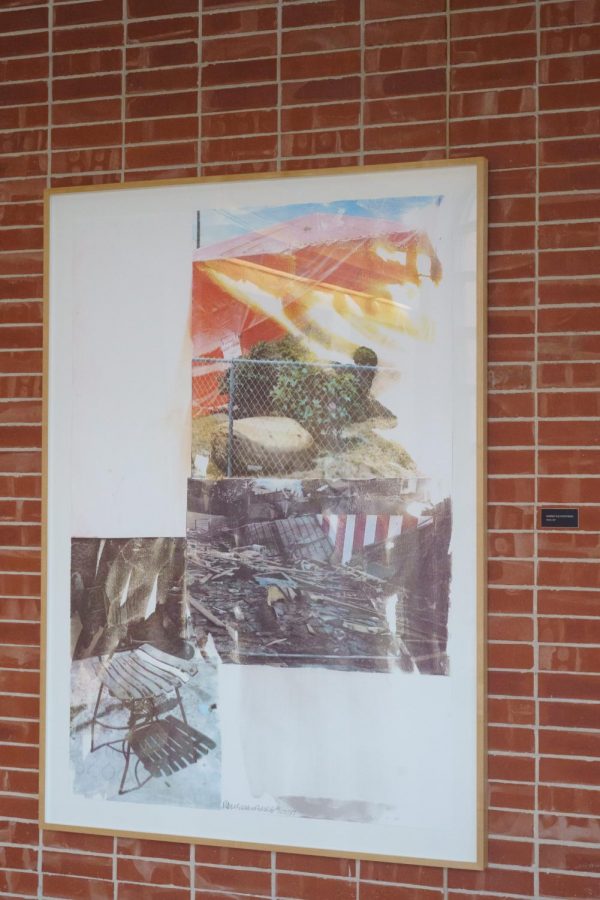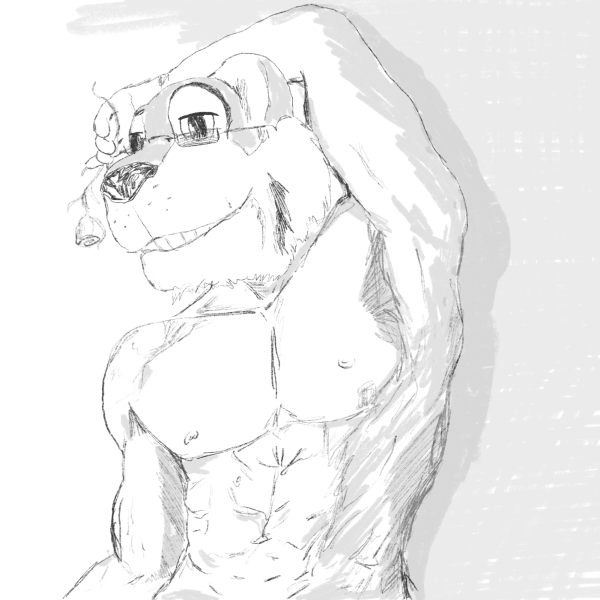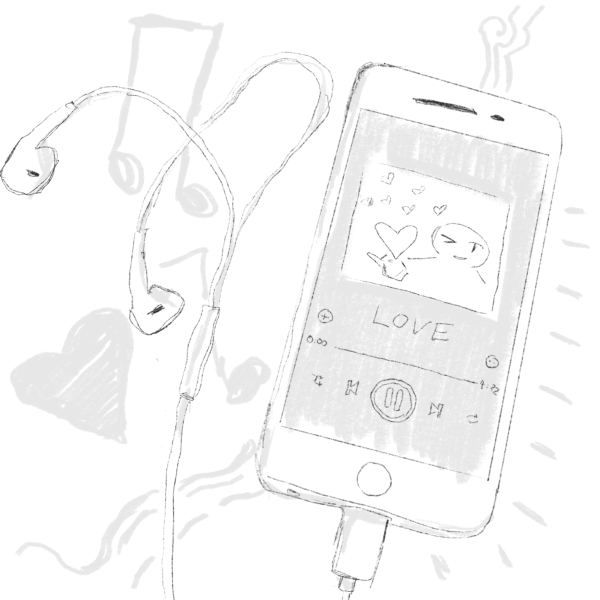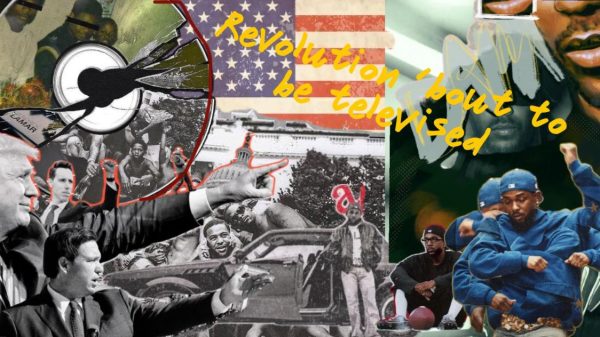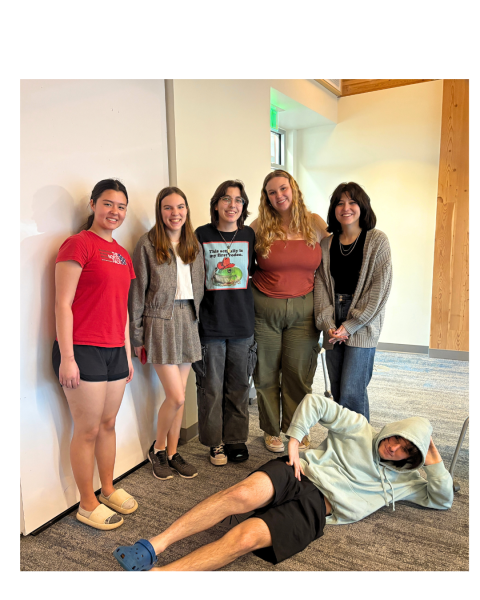Breaking down Robert Rauschenberg
Influential art on Trinity’s campus
In search of a study break in between classes? Look no further; you only need to visit an upper campus building such as Northrup Hall, Coates Library or Dicke-Smith Art Building to find and experience a famous work of art.
One such example is Robert Rauschenberg’s 1997 colored screen print entitled “Break.” The work can be found in Northrup Hall, at the top of the stairs landing on the second floor to your immediate right. Part of a limited edition set of 19 colored screen prints, “Break” can provide a thought-provoking experience in between or after class.
Rauschenberg, the famous 20th-century abstract expressionist and pop artist, paved the way for the post-modernist art movement. Over the course of a career lasting six decades, Rauschenberg embraced pop culture, technical experimentation and material eclecticism.
The artist may best be known for his radical and colorful silk screen paintings on which he screen-printed and painted over collaged photographs he found from books and magazines. This method gave these works elements of the contemporary media at the time. A quote from Rauschenberg, found in Mary Lynn Kotz’s book, “Rauschenberg: Art and Life,” describes this aspect of his work.
“I was bombarded with TV sets and magazines, by the excess of the world. I thought an honest work should incorporate all of these elements, which were and are a reality,” Kotz writes.
It is interesting to note that Rauschenberg aims for his work to be honest and truth-telling in some way. The concern with an artwork’s truth can partly be traced back to the Abstract Expressionist movement, when art critics such as Clement Greenberg’s argument centered around medium specificity and limits.
Nevertheless, as an artist working for over 50 years, Rauschenberg produced a substantial amount of work. Jasper Johns, an artist working around the same time as Rauschenberg, once said, “Since Picasso, no one has invented more than Rauschenberg.” If you know nothing about art history, Rauschenberg had big shoes to fill.
The amount of work Rauschenberg created contributes to the reason why Trinity University and art galleries and museums across the world own his works of art. In his book “Robert Rauschenberg: Breaking Boundaries,” Robert S. Mattison explains the reason why Rauschenberg produced such a large volume of work.
“The sheer volume of Rauschenberg’s output is essential to his method of working and his core ideas about art. He believes in unfettered creativity, the importance of instinctive responses, and the power of the moment; censorship and editing are anathemas to him.”
If you look at Robert Rauschenberg’s work, it is clear that it lies in the gap between art and life. With some background knowledge on Rauschenberg, it might be easier to pull out the threads of common themes in his work. However, prior knowledge is not required for a person to enjoy and get a worthwhile experience out of viewing a work of art. Perhaps all that is needed is a clear mind which will inevitably draw out personal associations and feelings when looking at a work of art.
It is much easier to look at a work of art than to talk about one. Mary Lynn Kotz put it succinctly when she said about Rauschenberg, “Whatever his artistic theories, it seemed clear that Rauschenberg’s motives were to experiment, to challenge the accepted, and to do so in a way that shocked the Establishment.”
Perhaps we can learn something from Rauschenberg’s described sentiments. As students and scholars, we are also tasked with experimenting with new forms and challenging what is accepted or told to be true. Doing so in a way that shocks the Establishment is always an added bonus.
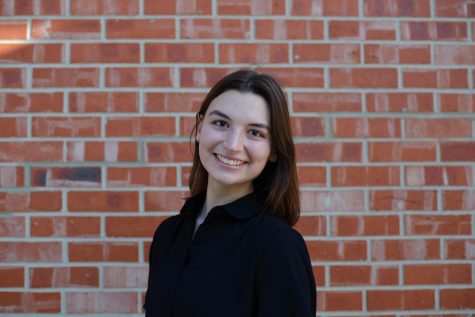
My name is Ashley Allen and I am a senior completing a BA in art history at Trinity University, with a minor in Medieval and renaissance Studies. I hope...

My name is Sam (he/him) and I'm a photographer here with the Trinitonian. I'm a senior Communications and German double major from Austin, Texas, and...

